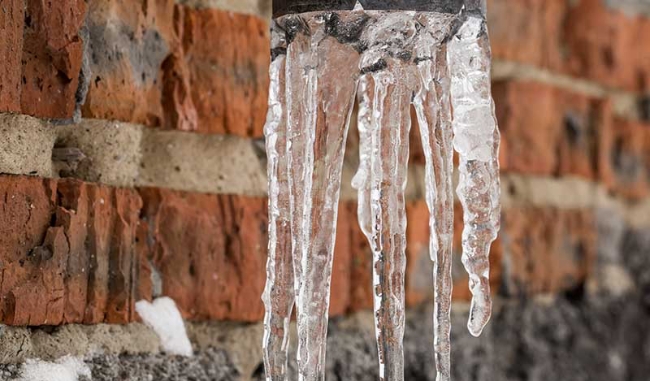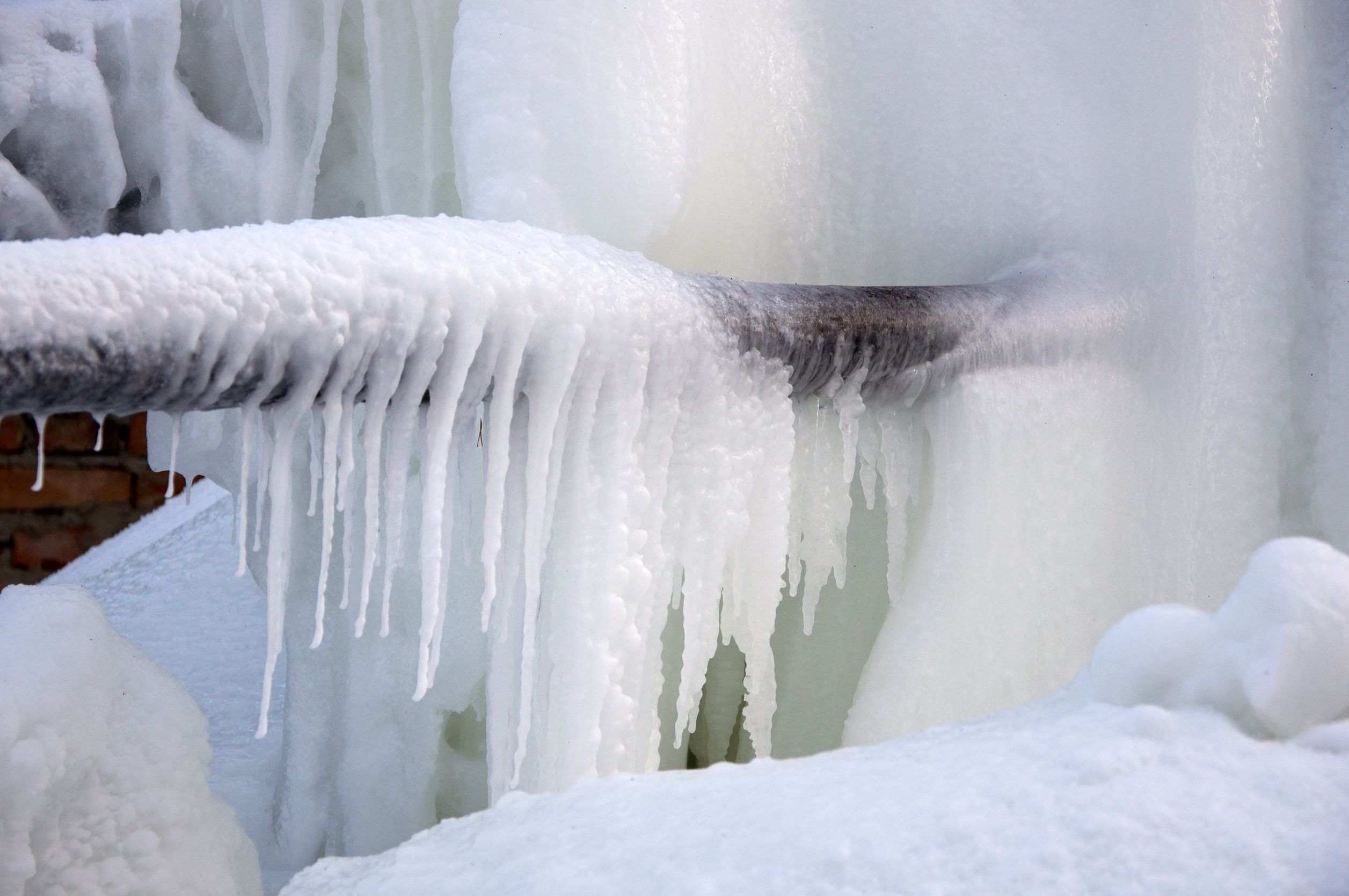On this page on the next paragraphs you can discover a bunch of helpful additional info involving How To Avoid Freezing Pipes.

Cold weather can damage your plumbing, especially by freezing pipes. Here's how to stop it from taking place and what to do if it does.
Introduction
As temperature levels decline, the danger of frozen pipelines rises, potentially resulting in costly repair work and water damage. Understanding how to prevent frozen pipes is essential for homeowners in cool environments.
Avoidance Tips
Shielding susceptible pipes
Wrap pipes in insulation sleeves or make use of heat tape to shield them from freezing temperature levels. Focus on pipelines in unheated or external areas of the home.
Home heating methods
Keep indoor spaces effectively heated up, specifically areas with pipes. Open closet doors to permit cozy air to distribute around pipes under sinks.
How to determine icy pipes
Seek lowered water circulation from faucets, uncommon odors or noises from pipes, and visible frost on subjected pipelines.
Long-Term Solutions
Structural modifications
Think about rerouting pipes away from exterior wall surfaces or unheated areas. Add extra insulation to attic rooms, cellars, and crawl spaces.
Upgrading insulation
Invest in premium insulation for pipes, attic rooms, and wall surfaces. Appropriate insulation assists maintain regular temperature levels and decreases the threat of icy pipes.
Securing Outside Plumbing
Yard hose pipes and outside taps
Detach and drain pipes garden hoses prior to winter season. Mount frost-proof spigots or cover exterior faucets with shielded caps.
Recognizing Frozen Pipes
What triggers pipes to freeze?
Pipelines freeze when revealed to temperature levels below 32 ° F (0 ° C) for expanded durations. As water inside the pipelines freezes, it broadens, putting pressure on the pipeline walls and potentially creating them to burst.
Threats and problems
Frozen pipes can cause water disturbances, residential property damage, and expensive repair work. Burst pipes can flooding homes and create extensive architectural damages.
Indications of Frozen Pipeline
Identifying frozen pipelines early can avoid them from rupturing.
What to Do If Your Pipes Freeze
Immediate activities to take
If you suspect icy pipelines, keep taps available to alleviate stress as the ice thaws. Use a hairdryer or towels taken in hot water to thaw pipes gradually.
Final thought
Preventing icy pipelines needs proactive procedures and quick actions. By understanding the causes, indications, and safety nets, property owners can secure their pipes during cold weather.
5 Ways to Prevent Frozen Pipes
Drain Outdoor Faucets and Disconnect Hoses
First, close the shut-off valve that controls the flow of water in the pipe to your outdoor faucet. Then, head outside to disconnect and drain your hose and open the outdoor faucet to allow the water to completely drain out of the line. Turn off the faucet when done. Finally, head back to the shut-off valve and drain the remaining water inside the pipe into a bucket or container. Additionally, if you have a home irrigation system, you should consider hiring an expert to clear the system of water each year.
Insulate Pipes
One of the best and most cost-effective methods for preventing frozen water pipes is to wrap your pipes with insulation. This is especially important for areas in your home that aren’t exposed to heat, such as an attic. We suggest using foam sleeves, which can typically be found at your local hardware store.
Keep Heat Running at 65
Your pipes are located inside your walls, and the temperature there is much colder than the rest of the house. To prevent your pipes from freezing, The Insurance Information Institute suggests that you keep your home heated to at least 65 degrees, even when traveling. You may want to invest in smart devices that can keep an eye on the temperature in your home while you’re away.
Leave Water Dripping
Moving water — even a small trickle — can prevent ice from forming inside your pipes. When freezing temps are imminent, start a drip of water from all faucets that serve exposed pipes. Leaving a few faucets running will also help relieve pressure inside the pipes and help prevent a rupture if the water inside freezes.
Open Cupboard Doors
Warm your kitchen and bathroom pipes by opening cupboards and vanities. You should also leave your interior doors ajar to help warm air circulate evenly throughout your home.

I recently found that blog post about Helpful Tips to Prevent Frozen Pipes this Winter when doing a search on the search engines. Sharing is nice. Who knows, you may be helping someone out. We take joy in reading our article about How to Prevent Your Pipes From Freezing.
Book Now